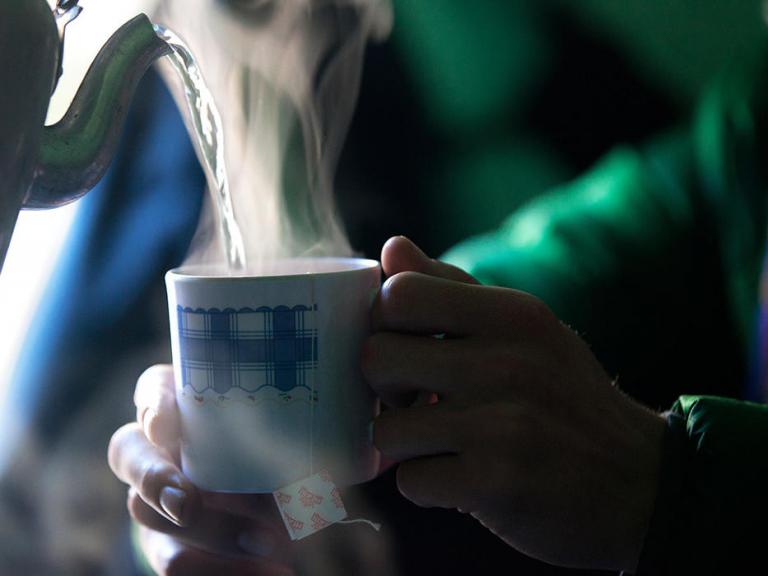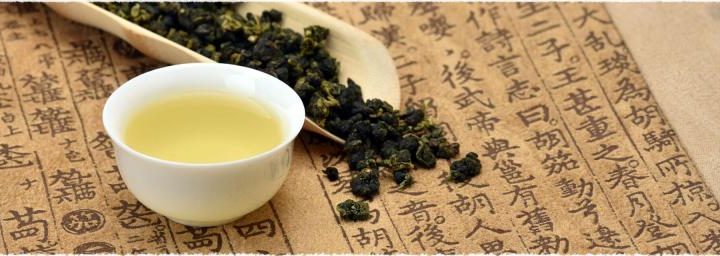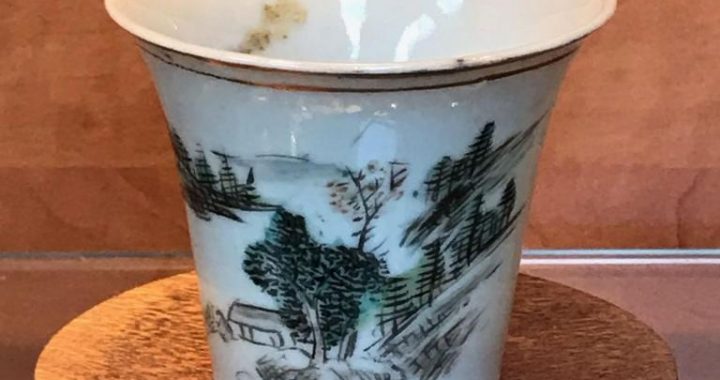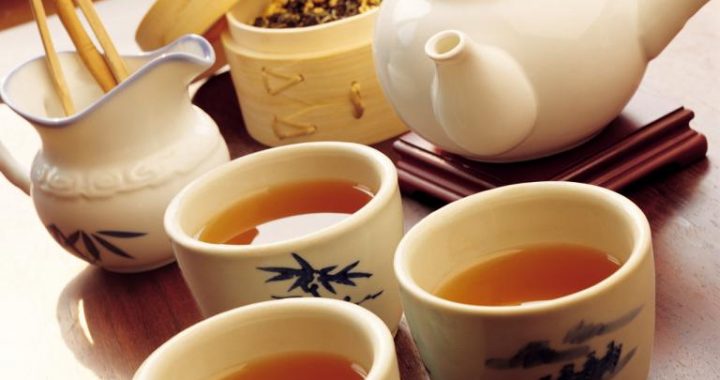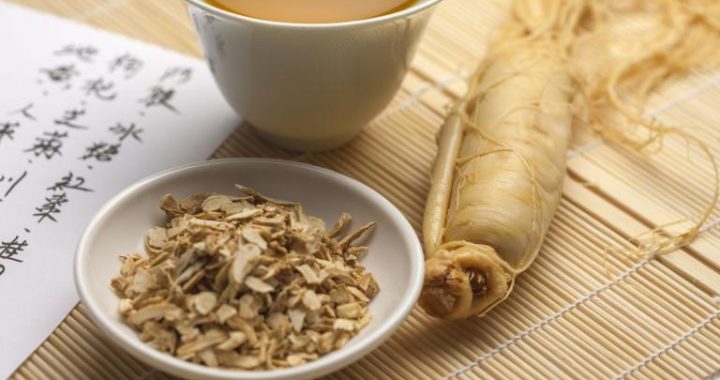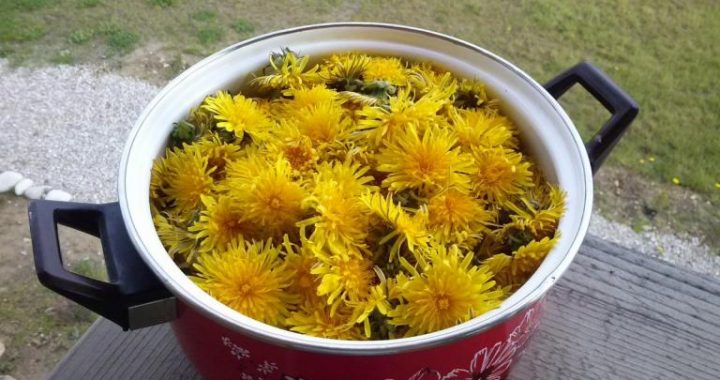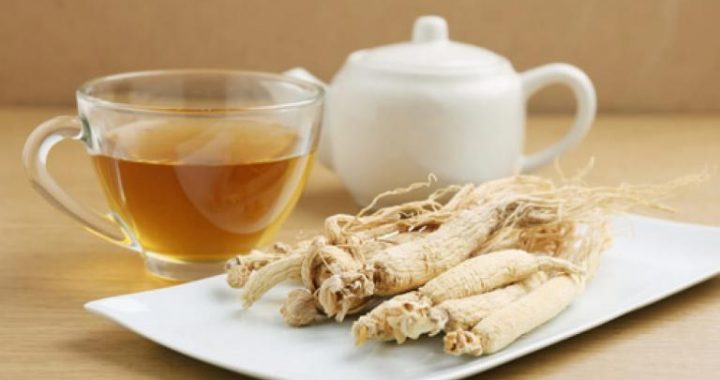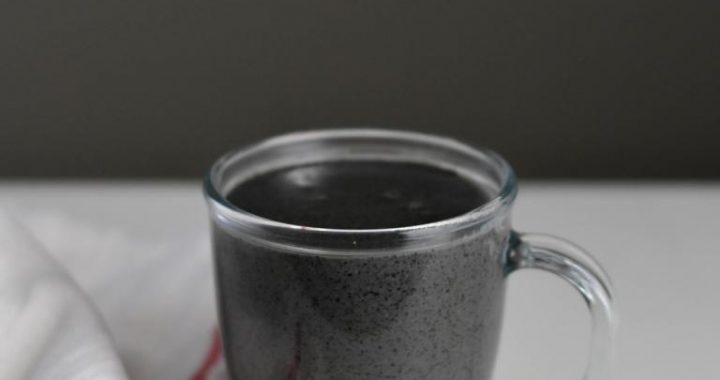The Water Suitable for Tea
2 min readGood tea and good water brings out the best in each other. Therefore, another key element in the Chinese tea art was choosing the suitable water for the tea.
About the water used in tea brewing there had already been the discussions in the Tea Classics by Lu Yu. He held the opinion that the water used to brew tea first should be far away from the cities to reduce pollution, and running water would b much better than stagnant. Therefore, the springs in the mountains and the clean water in the rivers became the primary choice, while the water in the channels and wells, where the water usually were stagnant, was not suitable for tea brewing.
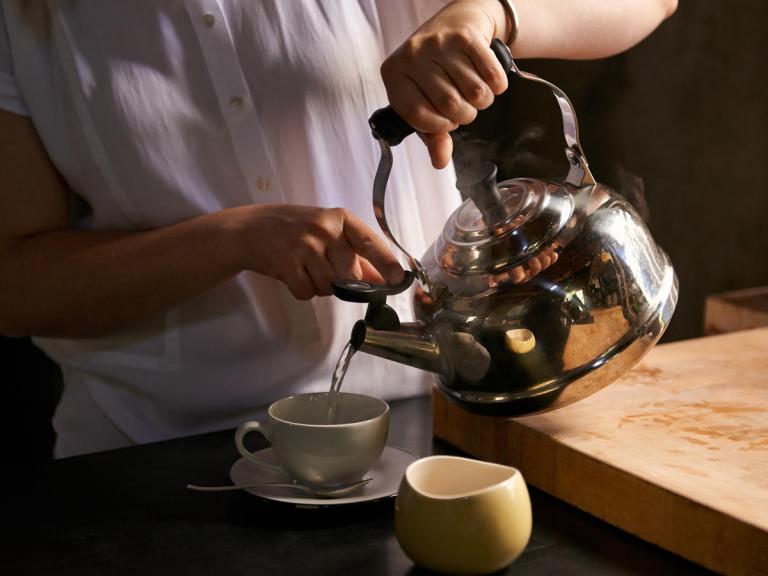
Since the Song dynasty, there appeared many books about researching and differentiating the waters that used in tea brewing. Because different people had different likings in tea drinking and their environments and experiences were also different, thus the standards of judging the quality of water also varied a lot. Bu the general principle was that running water of clean source, sweet taste and light quality was most suitable for tea brewing. Till the Ming dynasty, many scholar officials stressed the principle of “tea must be precious and famous ones while water must be the Huiquan spring water”and there even appeared the phenomenon of no tea drinking without famous spring water. It was justifiable to say that the scholars in the Ming dynasty pushed the choice of water in tea drinking to the acme.
According to the incomplete statistics, there were as many as 6 places that were called by the ancient people as the “First Spring in the World”that was used for tea brewing:”Shuilian water in Kangwang Valley in Lushan Mountain”-because it was recognized by Lu Yu;”Nanling water in Yangtze River”-because it was highly praised by Liu Bochu of the Tang dynasty and Wen Tianxiang of the Song dynasty;”Biyu Spring in Anning in Yunnan Province”-it was not only recognized by Xu Xiake of the Ming dynasty, but also was inscribed as the “First Spring in the World”by Yang Shi’ an of the Qing dynasty; Yuquan Spring in Beijing-because Emperor Qianlong had examined that its water quality was the lightest, it was granted the name of the “First Spring in the World”by the emperor; Baotu Spring in Jinan of Shandong Province hadthe reputation of the “First Spring in the World”; Yuye Spring in Sichuan Province was also ranked as the “First Spring in the World”because it was called “divine water”.
